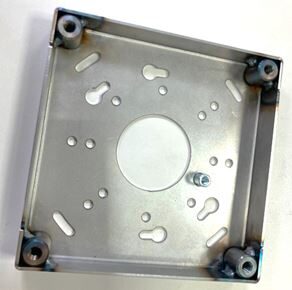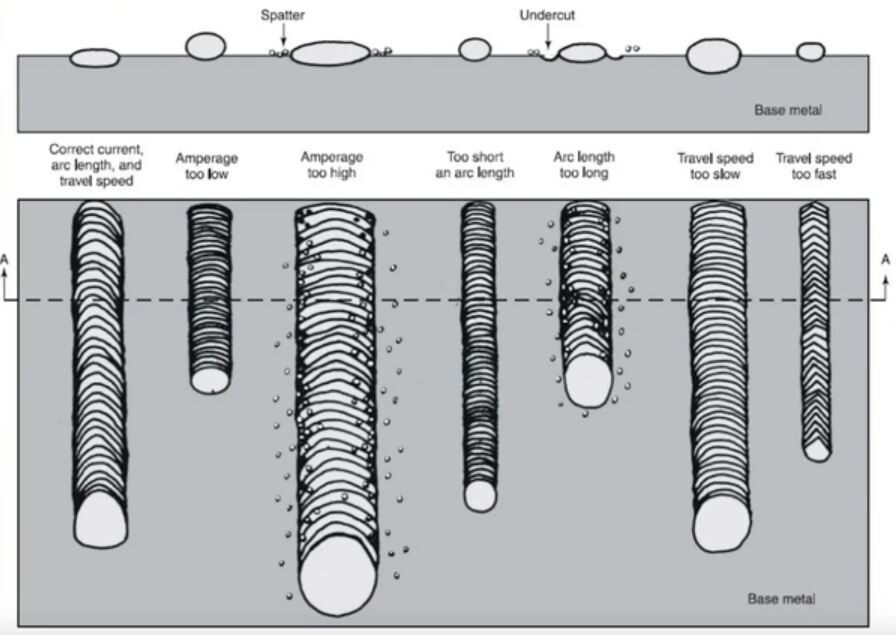
Different welding methods have a direct impact on the quality of the final product
Here are several common welding methods and their effects:
- Arc Welding (e.g., Manual Metal Arc Welding): In this method, a high-temperature arc is generated to melt the materials being welded. Weld seam quality is controlled by parameters such as current, voltage, welding speed, and electrode angle.
- Laser Welding: Achieving high precision and low heat input, laser welding typically produces narrow and shallow welds, reducing deformation and heat-affected zones. However, the quality of laser welding is influenced by factors such as the focusing accuracy of the laser beam and welding speed.
- Gas Shielded Welding (e.g., Tungsten Inert Gas Welding): By using shielding gas to prevent the effects of oxygen and water vapor in the air on the weld seam, defects such as pores and oxidation are reduced, typically resulting in higher welding quality.
- Resistance Welding: Primarily used for joining conductive materials, weld seams are usually uniform and dense, but are highly influenced by the quality and cleanliness of the material surfaces. Proper current and welding time can ensure weld seam quality.
- Friction Stir Welding: Requiring no additional filler material, friction stir welding usually produces defect-free and uniform welds. With less heat generated during the process, it is less prone to deformation and residual stresses, often resulting in higher welding quality.
Taiwan primarily uses the following welding methods:
Arc Welding: Includes manual arc welding, gas shielded welding (e.g., MIG/MAG welding), and manual gas shielded welding.
Resistance Welding: Commonly found in automotive and electronics manufacturing for processes like spot welding and melt welding.
Laser Welding: High-precision technique used in precision components, electronics, and medical devices.

In Taiwan's metal processing industry, Laser Welding is the most commonly used high-quality method, despite its higher cost. It excels in precision, minimal heat impact, and is ideal for welding thin metal sheets. It's preferred for manufacturing precision components, high-tech assemblies, and medical devices, albeit at a premium price due to its costly equipment and operations.
